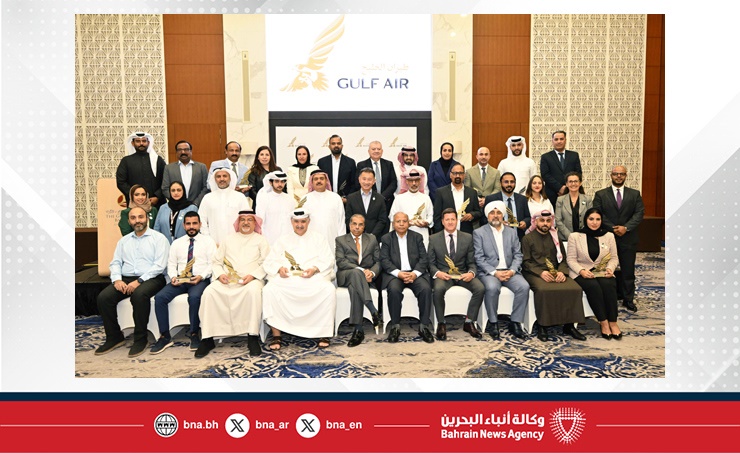From tsunamis to ash clouds and global financial crises, the travel industry has seen its share of setbacks over the past few years. Yet COVID-19 is an altogether bigger challenge.
The global pandemic has had an unparalleled and devastating impact on the aviation industry in Asia Pacific, with airlines grounding their entire fleets for months. And, although some countries in the region are starting to reopen their borders and air travel is tentatively resuming, IATA’s latest figures predict that demand for air travel is unlikely to reach 2019 levels again until at least 2024[1].
Cyril Tetaz, executive vice president, Airlines, Amadeus, Asia Pacific
COVID-19 has also fundamentally changed what passengers in the region need and want from the flying experience – with hygiene and booking confidence now amongst the top priorities – and, with the ongoing threat of ‘second waves’ and further localised lockdowns, the mid-term future remains highly uncertain.
APAC airline recovery: An opportunity to thrive?
Despite this challenging backdrop, there are still opportunities for carriers that can adapt their operations. But to give customers what they want, and to navigate the ongoing uncertainty, flexibility will need to become the new industry watchword.
According to Cyril Tetaz, executive vice president of airlines at Amadeus, Asia Pacific, there are four areas where flexibility will be critical to APAC’s airlines surviving — and having a shot at thriving — in the era of COVID-19:
-
Disruption management
With the ongoing prospect of local outbreaks and countries’ COVID-19 policies changing constantly, flexible and effective disruption management should be a top priority of airlines, to maintain a high quality of customer service and to reassure reluctant flyers that it is safe to travel internationally again.
The highly changeable nature of the situation means that airlines need to ensure that their disruption management systems are informed by the very latest data. The system needs to be agile enough to respond in real-time so that any changes are managed seamlessly from the passenger’s perspective.
Algorithms and cloud computing to allow real-time customisation
The increasing ubiquity of mobile apps and wearables makes it easier than ever for carriers to communicate last-minute changes with their passengers. But the holy grail of successful disruption management is also to be able to offer alternative flight options, and short-term accommodation if necessary, in a matter of seconds and in a highly-personalised way.
Technology will be critical to airlines achieving this at scale, with the latest breed of sophisticated inventory management systems – like Amadeus’ Altéa Passenger Service System (PSS) – underpinned by big data analytics, machine learning algorithms and cloud computing to allow real-time customisation for individual passengers in response to disruptions.
-
Cabin configurations
Korean Air loads PPE cargo into cabin seats (image: Korean Air)
Over the past few months, many airlines have refocused some of their fleets to support repatriation flights, transport of cargo and medical supply shipments. Korean Air and Asiana even reported profits in Q2 by focusing on their cargo businesses.
To do this, many have repurposed their aircraft by adding additional cargo space to flight cabins and extra space around passengers and families to apply maximum safety measures. Agility has been key, through the seamless integration between airline systems from inventory to reservation, departure control, and offer management.
Airlines can immediately and automatically reseat passengers
Looking to the future, fully integrated systems also mean that even if unforeseen events like last-minute aircraft changes occur during operational windows, airlines can immediately and automatically reseat passengers and adjust weight and load balance.
With end-to-end automated aircraft configuration and reconfiguration, airlines avoid expensive, time-consuming and resource-intensive manual intervention.
-
Increased choice through interlining and codeshares
APAC airline recovery: Codeshare and interlining
The reduction in flight routes has prompted increased airline consolidation and collaboration, as industry players across the value chain unite to survive; and we expect interlining and codeshare agreements to become a mainstay of the industry in the region as the pandemic continues, ensuring travellers still have as much choice as possible.
As well as choosing the right partners to collaborate with, success will again come down to airlines having the right technology infrastructure in place. Dynamic customer identification and sophisticated airline policy controls to automate flight schedules and codeshare agreements will be key; as will the ability for carriers to easily work together with each other and with third-party partners.
Fast-track development from concept to market
For this reason, we’ve made ‘collaboration’ a founding principle of our airline solutions. Our Altéa suite, for example, is designed to deliver a common core functionality to a community of airlines as an alternative to high cost, on-going IT development within each airline, while we’ve made our Amadeus Airline Platform an open system to allow third parties and start-ups to develop on top of Amadeus technology. Crucially, this helps to fast-track development from concept to market, which is more important than ever in the current climate.
- Flexible cancellation, rebooking and revenue management
APAC airline recovery: Flexibility is critical
Finally, reassuring travellers of the ease of cancellation and rebooking will be critical to tempting people back to frequent flying in the COVID era. Again, having a smart inventory management system is the key to making the cancellation and rebooking process as easy and seamless as possible for sales partners and the end customer.
This includes using advanced availability management techniques, dynamic customer identification and sophisticated airline policy controls to automate flight schedules, codeshare agreements, re-accommodation and seating. This helps maximise airline network yield, increasing revenues and improving efficiency.
Airlines will need to be more responsive to fast-changing consumer behaviour
Carriers could also consider turning any under-capacity issues into a positive by making it easier for their customers to redeem existing reward points, as another way to tempt travellers back to flying and engender long-term loyalty.
Flexible, state of the art revenue management will also be critical for airlines to move quickly to recovery; shifting away from models that use historical data in favour of real-time demand analysis and use of merchandising techniques to shape hyper-relevant offers. Airlines will need to be more responsive to fast-changing consumer behaviour and the fact that booking lead times are getting much shorter.
For this reason, we have incorporated artificial intelligence and machine learning algorithms into our revenue management solutions. This allows an airline to build models where there is no precedent upon which to rely and quickly identify patterns of recovery at different market, country and route levels, permitting airline partners to seize opportunities as they emerge.
Flexibility should be the cornerstone of all carriers’ mid-term plans
Ultimately, despite the aviation industry navigating its greatest challenge to date, airlines can still use this time to prepare for the future. And as some airlines in our region have recently demonstrated, there are still opportunities for those that can adapt to the new operating environment, too.
Flexibility should be the cornerstone of all carriers’ mid-term plans – building in a greater level of agility than ever before so that technology, systems and staff can respond quickly as the situation inevitably continues to change.



 share
share







































